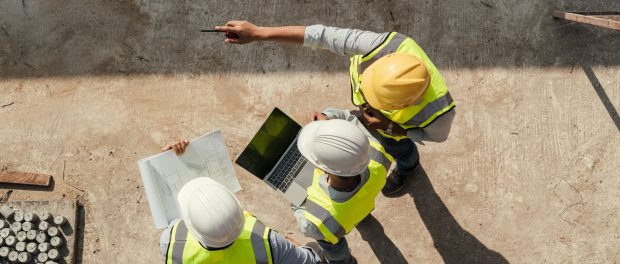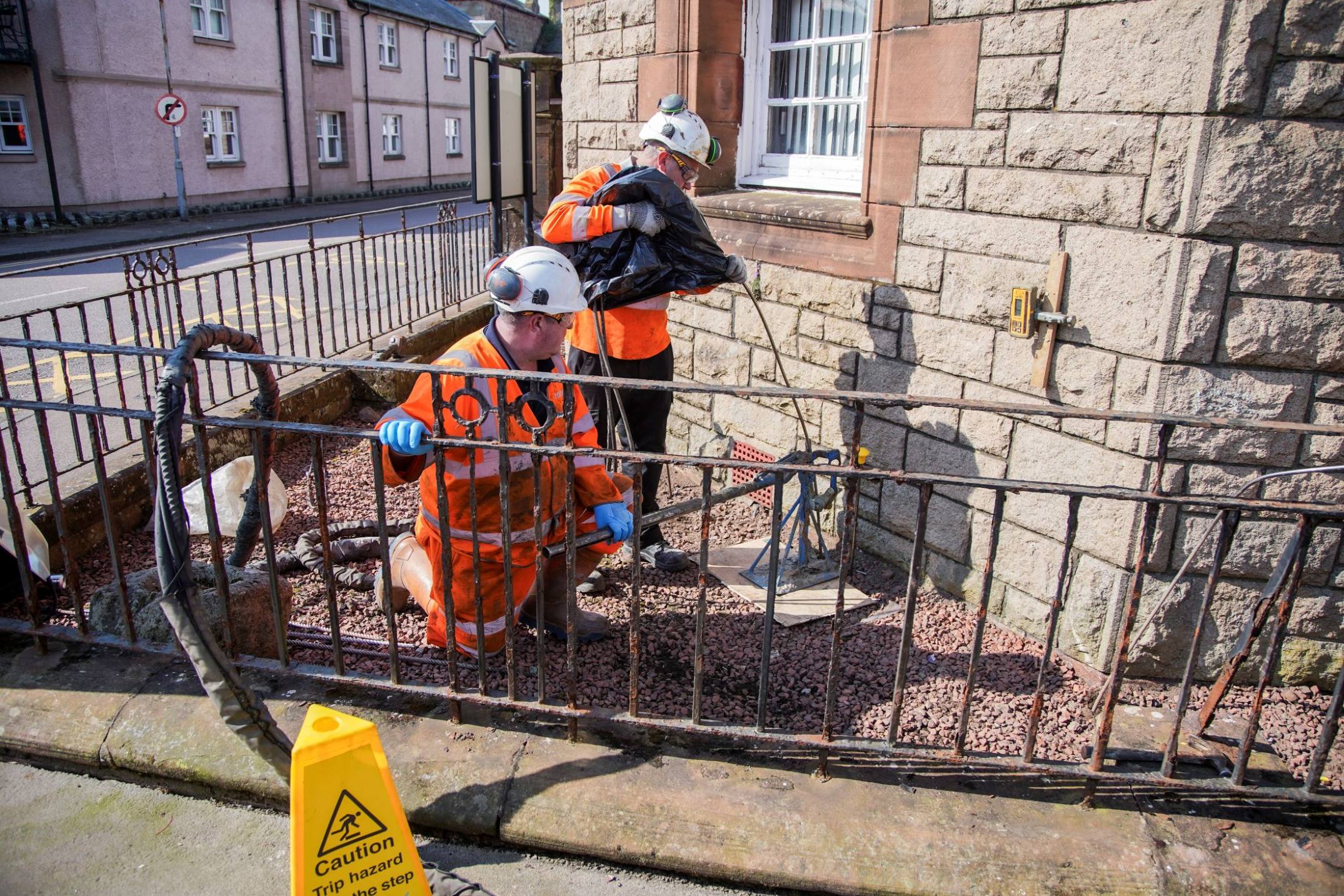The evolution of public-private collaboration in building regulations: How industry experts shape evolving construction standards

Building codes and regulations have evolved over time to raise the standards of construction. Major players in this process include the International Code Council, which is responsible for setting building codes worldwide. Here, Tuomas Lievonen, director of infrastructure at geotechnical contractor Geobear Oy, explains the collaborative role of industry experts and regulatory bodies in ensuring safe construction guidelines.
As the construction industry has evolved, so too have regulatory frameworks, adapting to new materials, technologies, and safety challenges. Industry specialists play a crucial role in shaping these regulations, ensuring they remain practical, effective, and aligned with real-world construction practices.
In a European context, the need for consistent safety and quality standards led to the introduction of the Eurocodes in 1975. These codes aimed to eliminate technical barriers and create a unified set of structural design standards across Europe.
The evolving need for regulations in construction
EN 1997 Eurocode 7 applies to the geotechnical aspects of the design of buildings and civil engineering works and is used together with EN 1990:2002, which defines the principles for safety and serviceability.
The second generation of Eurocode 7 was launched in 2024 by Comité Européen de Normalisation (CEN) Technical Committee 250/Sub-Committee 7 (CEN/TC 250/SC 7). The update targeted four gaps in the original guidance: the assessment of representative values, the development of the ground model, the application of reliability methods, and the implementation of design requirements during execution.
CEN is an association that brings together the National Standardization Bodies of 34 European countries. The CEN/TC 250/SC7 committee combines academics and practitioners, bringing together experts such as Loretta Batali, professor at the Technical University of Civil Engineering in Bucharest, Gunilla Franzén, a geotechnical designer from GeoVerkstan in Sweden, and Adriaan van Seters, representative of Fugro in the Netherlands.
Development of the new code has relied on consultation papers, pilot studies, and feedback from engineers applying ground improvement techniques in soft soils.
Setting new standards
As construction evolves, so do the materials and techniques used. However, when new technologies emerge, the lack of regulatory standards can create uncertainty over their adoption.
One such example is geopolymer injection, a ground engineering technique that has been used since the 1980s for soil stabilisation and foundation repair. Despite its wide application across infrastructure such as railways, roads, ports, residential buildings, and utilities, Finland lacked national standards governing its use until 2025, leaving engineers without a clear regulatory framework.
This changed with the introduction of geopolymer injection guidelines into MaaRYL, the country’s national file defining construction quality requirements.
This milestone was achieved through a three-year collaboration led by a steering committee including Geobear, the Finnish Geotechnical Association, Ramboll Finland, and the Väylä Transportation Agency. The committee’s goal was to create clear, industry-approved standards that would ensure consistency in material use, environmental considerations, and application methods.
The new regulations align with international best practices, particularly the Eurocode and the European Technical Assessment (ETA), bringing Finland’s geopolymer injection standards in line with global benchmarks.
Under these guidelines, the use of expanding polymer resins for soil stabilisation is now subject to strict technical and environmental evaluations. Practitioners must adhere to SFS-EN 12715, ensuring compliance with European standards, while preparatory work requires risk assessments, structural impact analyses, and protective measures for nearby infrastructure.
Effective construction standards depend on collaboration between regulators and industry experts. With the second generation of Eurocodes incoming and new materials revolutionising construction, private companies will continue to be critical in defining the future of safe and sustainable infrastructure.
Discover Geobear’s latest projects in geotechnical construction and learn how your work could benefit from geopolymer technology.


